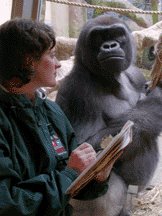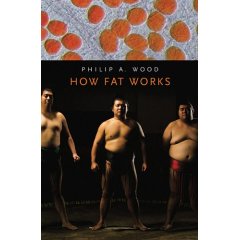

Science, 24 March 2005, features Climate Change: breaking the ice on its front cover. Four research reports, a news story, and the editorial all address the science of declining ice sheets in Greenland and West Antarctica. Read the library's print issue or go online.
A photograph of a breaching narwhal, tusk in the air, graces the cover of Science News, 25 March. The narwhal's left tooth can grow to 3 meters in length and is the only spiraling tooth ever reported. Recent research suggests that the tusk's main function is environment sensing.
An Arctic Fox with a seabird in its mouth (the Least Auklet) peers from the cover of Ecological Monographs, Feb. 2006. This predator, along with the Norway Rat, introduced to the Aleutian Islands some 150 years ago, has demolished native populations of seabirds.
There are many more fascinating reports to be read - come browse the current journal issues display rack!





